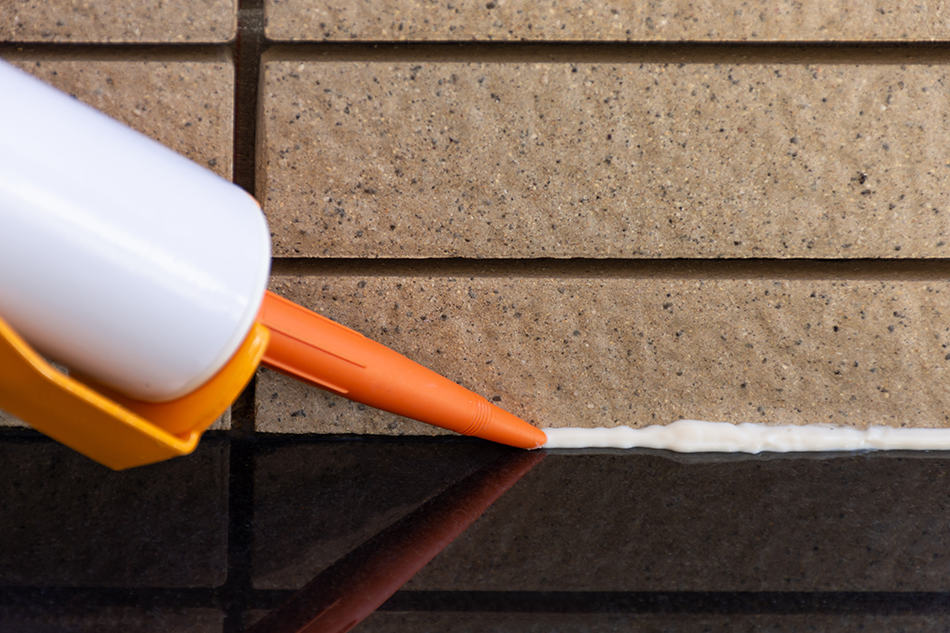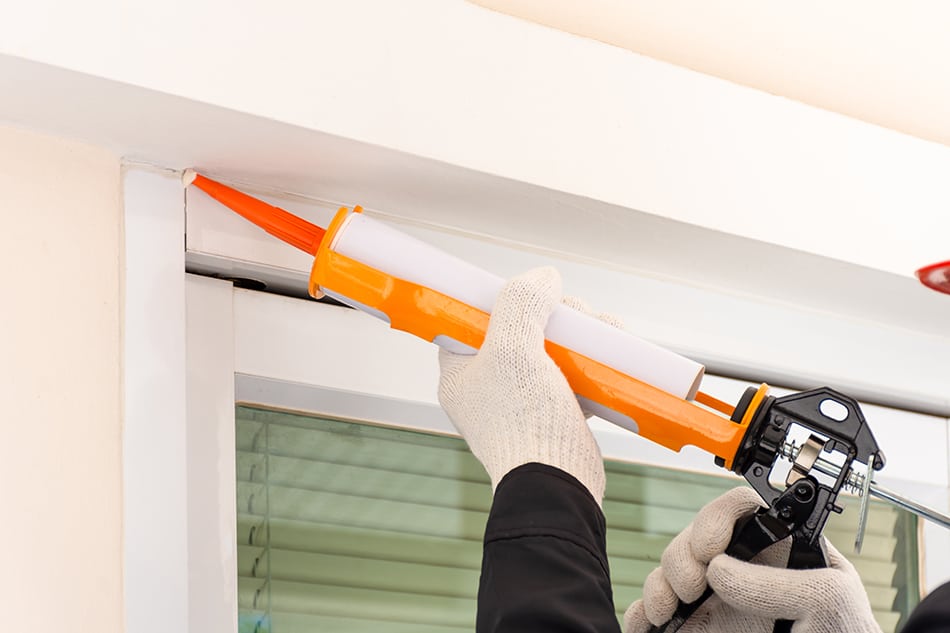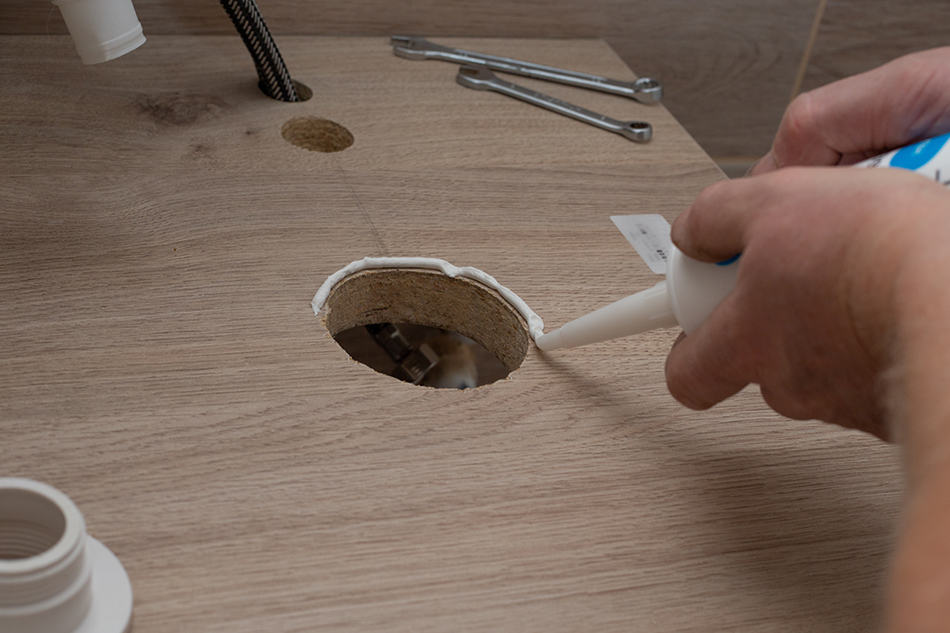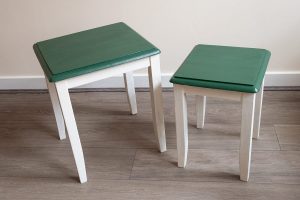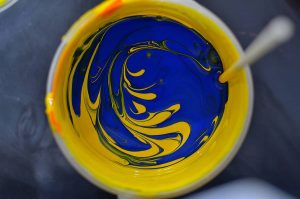Depending on the kind of caulk you have on your walls, watching your caulk walls dry might be a lot more mind-numbing than watching paint dry.
To avoid making the wrong choice, it is important you know the different types of caulk and how long they take to dry before deciding on the one to purchase. The three types of caulk you’d usually find in today’s markets are acrylic latex, polyurethane, and silicone.
Here is a quick answer. You may also read till the end to understand great details.
Depending on the types of caulk used, the drying time varies. And for each type, the drying time also does depend on the humidity and temperature of the environment. Specifically, for Polyurethane caulk, it could take up to three to ten days to cure completely. For Silicone caulk and Acrylic latex, the drying time is 30 minutes-48 hours and up to twenty-four hours respectively.
What is Caulk?
Caulk is an everyday material used in sealing seams and joints to prevent leaking in pipes and other structures. There can hardly be professional finishing without having to make use of caulk. It is a stretchy filler that’s always useful for sealing gaps around doors, windows, and edges of skirting boards and for covering imperfections.
There are lots of caulk manufacturers whose brands are available in stores, but the most popular brands of caulk are typically those that are resistant to cracking and those that dry up fast enough after application.
How Long Does Caulk Take to Dry?
The time it takes for the caulk to dry depends on the type of caulk used, the temperature, and the humidity. Caulk takes over twice the time to dry in dry rooms.
Many people try to use a heat gun or hair dryer to dry the caulk, but this kind of heat can soften the compounds in the caulk and stop it from drying properly. On the other hand, you can use a heat gun to remove old caulking. The types of caulk and how long they take to dry are as follows:
1. Polyurethane caulk
Depending on the humidity and temperature of a room, this kind of caulk could take up to three to ten days to cure completely.
2. Silicone caulk
This kind of caulk takes about 30 minutes-48 hours to dry; again, this depends on the humidity and temperature of the environment. When using this kind of caulk, read the manufacturer’s instructions and follow their advice on drying times.
3. Acrylic latex
This kind of caulk takes just about twenty-four hours to dry, but still, this depends on the humidity and temperature.
What is Caulk Used For?
There’s an endless list of things that one can do with caulk. One popular application for caulk is at the edges of bathtubs where the tubes meet the tiles. They’re also often used around the shower base and in drains and pipes to prevent leakage.
They are also used to seal leaks that surround windows and doors. This is often an efficient way to reduce drafts, reduce the amount of money spent on energy bills, cut carbon footprint, and enhance a home’s overall energy efficiency.
Acrylic latex and vinyl latex caulk are the best types of caulk for this type of job. Acrylic latex is excellent for dry environments and can last up to fifteen years; vinyl latex, on the other hand, can be applied in wet areas and lasts an average of five years.
Caulk is also very good for sealing gaps and cracks in walls, brick, concrete, metal, stone, stucco, etc. The kind of caulk used for this is concrete and mortar repair caulk.
They are also frequently used to repair small fissures in basement walls and foundations that let rodents, insects, and other pests get into your home. This kind of caulk can also be used as a textured finish, and you can apply paint over them once they’re dry.
Caulk is also used to close little gaps in woodwork. When working with wood, gaps between baseboards and moldings are often inevitable. Acrylic latex caulk is the best for these kinds of jobs, they dry up very fast, and you can paint over them in as little as six hours after application.
One of the most popular uses for caulk is for closing up obvious gaps in kitchen and bathroom tiles. These annoying spaces between tiles breed mildew and mold, and the perfect kind of caulk for suck jobs is siliconized acrylic caulk and 100 percent silicone caulk.
They are perfect for wet environments because they are extra durable and provide a watertight seal. They are mold and mildew resistant, made specifically for non-permeable surfaces such as metal, glass, and ceramic.
There’s also painter’s caulk that takes about an hour to dry. This kind of caulk is often used to conceal tiny cracks and small holes on the wall before painting. There’s fireproof caulk used for fireproofing a house. There’s all-purpose caulk used to install wood paneling and repair fallen molding.
Ultimately, caulk is also often popularly used around the home for other things such as newspaper repairs, roof repairs, roof gutter repairs, fixing boats, and fixing water reservoirs. It’s used on ceramic, composite, PVC, and fiberglass and for several other handyman jobs around the house.
Is Caulk the Same as Sealant?
A lot of people tend to think that “caulk” is the same material as “sealant” and therefore use both terms interchangeably, mostly because both materials are applied with a caulking gun.
However, while caulk might act similar to sealant, they are indeed two different materials that serve akin purposes. They are both utilized for filling cracks and gaps in-between building materials, but two key differences stand out between both products.
Firstly, sealants are a lot more elastic than caulk. Caulks get very strong when they’re all dried up, so they are best used in areas that are not expected to contract or expand. Sealant, on the other hand, is a lot more flexible. They are made mostly of silicone and are perfect in areas that could contract or expand.
Caulk is sometimes preferred to sealants because some caulks can be painted over, and when dirty, they can be cleaned with water; however, with time, they begin to dry up and crack.
Sealants, on the other hand, are watertight and wouldn’t crack; however, they cannot be painted over, and dirt on sealants can’t be cleaned with water. One has to either scrap dirt off a sealant or use a solvent. Worse, sealants produced strong fumes during and immediately after application.
Caulk compounds are flexible and are the best for filling the gaps in several structures and buildings to protect them from insects, water, air, and dust.
